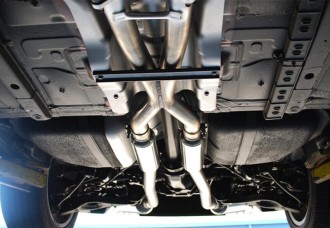An intercooler is a critical component in a turbocharged engine system. Here’s how it functions and its significance:
Function of an Intercooler
- Cooling the Air: When air is compressed by the turbocharger, its temperature rises due to the principles of thermodynamics (specifically, adiabatic heating). The intercooler's primary role is to cool this hot, compressed air before it enters the engine's intake manifold.
- Increasing Density: Cooler air is denser than warm air. By cooling the air, the intercooler increases its density, allowing more oxygen molecules to enter the combustion chamber. This can lead to improved combustion efficiency.
- Preventing Knock: High temperatures can lead to pre-ignition or knocking, which can be damaging to the engine. An intercooler helps mitigate these risks by reducing the temperature of the intake air.
- Enhancing Performance: By providing cooler, denser air to the engine, the intercooler enables the engine to produce more power as it can burn more fuel efficiently under optimal conditions.
Types of Intercoolers
- Air-to-Air Intercoolers: These use ambient air to cool the compressed air from the turbo. They are typically mounted at the front of the vehicle.
- Air-to-Water Intercoolers: These use water (or a coolant) to absorb heat from the compressed air, generally providing more consistent cooling performance but requiring additional plumbing.
In summary, the intercooler plays a vital role in enhancing the performance, efficiency, and longevity of a turbocharged engine by cooling the incoming air, increasing its density, and reducing the likelihood of engine knock.









